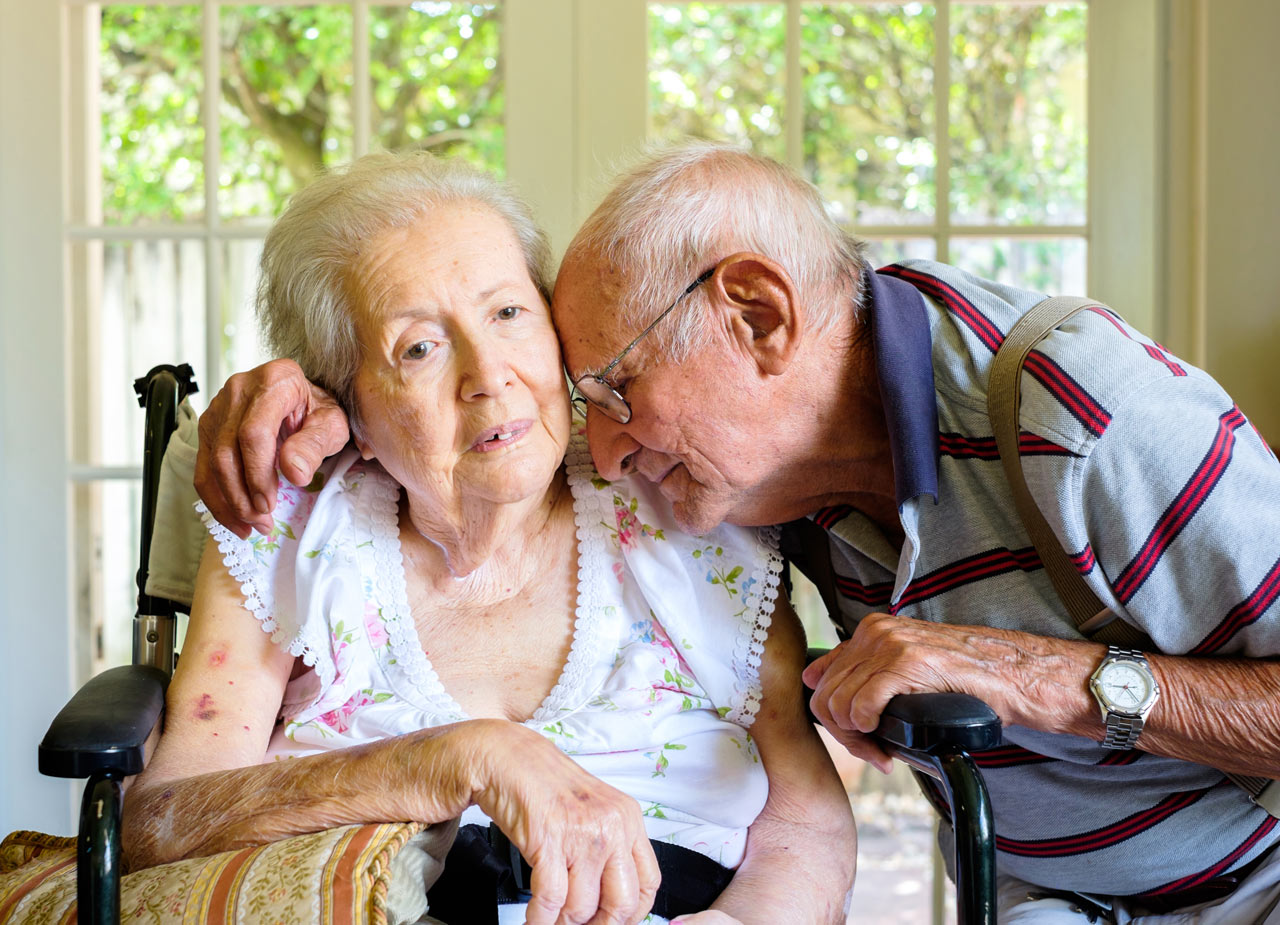How to Qualify for Medicaid Home Care
A simplified review of the steps it takes to apply for home care covered through Medicaid.
If you’ve decided that home care is the best option, Medicaid may be able to help. For long-term care, Medicaid or private insurance are the main options. Medicare will usually pay for short stays in a facility, or home care to help with recovery from an injury or other need. But if longer care is needed, especially with no end date in sight, Medicare does not typically cover this.
So how do you get coverage if private insurance is not an option? The process doesn’t have to be as daunting as it seems, but it does help to know if you can be covered, and the steps to applying for home care.
Applying for Medicaid
If you currently have Medicare, you can apply to either switch to Medicaid or get dual coverage. Although Medicare covers anyone over 65, Medicaid covers based more on financial need. General information about Medicaid income limits can be found through healthcare.gov, but remember that even if you don’t qualify initially, there are spend down programs or other options to help you if you are in need. If you need further assistance navigating the qualification requirements or application process, feel free to contact us.
Home Care Options
There are currently two main options for home care needs. The first, Managed Long-Term Care (MLTC) is what most people think of when they are considering home-based care. This is basically having an outside professional come into your home to provide care. The type of care, and amount of days or hours covered is determined by your doctor and approved through Medicaid.
The other type of care in New York is the Consumer-Directed Personal Assistance Program (CDPAP). This program allows individuals to choose, hire and train their own caregivers. Not only does this program provide flexibility and allow you to make more decisions about your care, it also allows you to hire family or friends to be your paid caregiver. The only exception to this is that a spouse cannot be your hired caregiver.
Applying for Home Care
After you have been approved for Medicaid, the initial steps for either program are similar. Although different paperwork is needed, both programs require an evaluation and recommendation from a doctor for the amount of care needed.
With approval from a medical professional, and paperwork filled out and submitted, the process between the two programs diverge a bit. Because MLTC is a service provided through businesses and home care aides, some of the paperwork and billing is done for you. With CDPAP, you are more in charge of your care, but that also means Medicaid is giving you more responsibility with paperwork and payments to aides.
The good news is that Caring Professionals can assist you (and all the paperwork) no matter which program you choose. If you choose MLTC, our home aides are known as some of the most understanding and professional in New York, with training to help those with specific diets, personal preferences and religious needs.
On the other hand, if you want a friend or family member to be your home health attendant through CDPAP, we can still help you with all of the initial paperwork and ongoing payroll.
The short of it is, we are here to support you. Caring Professionals has over 25 years of experience in the healthcare industry, and that gives us the ability to navigate the system–and help you navigate it easier. Our team is also available to help you in a variety of languages, so you can communicate however is most comfortable for you. Contact us today if you have questions about the Medicaid process or home health care applications. Our home care standards always keep the health and safety of clients and our team in mind. Read more about our COVID-19 precautions on our site.






